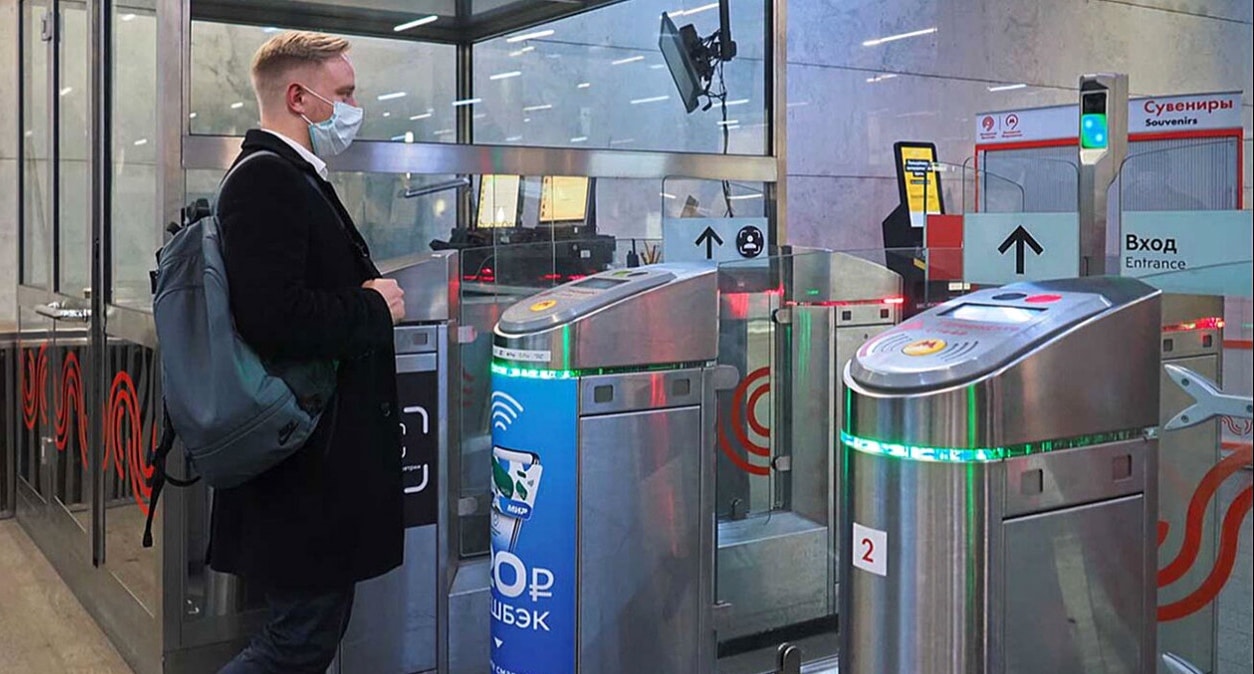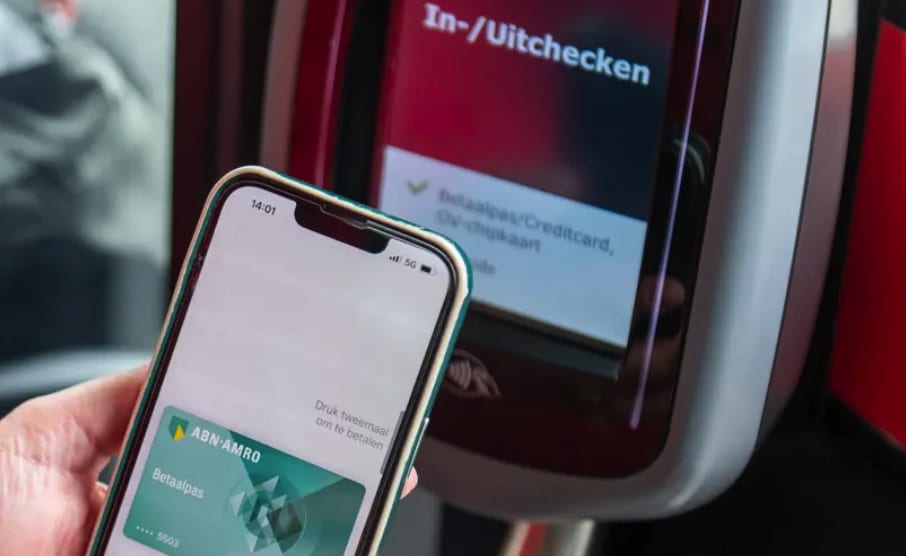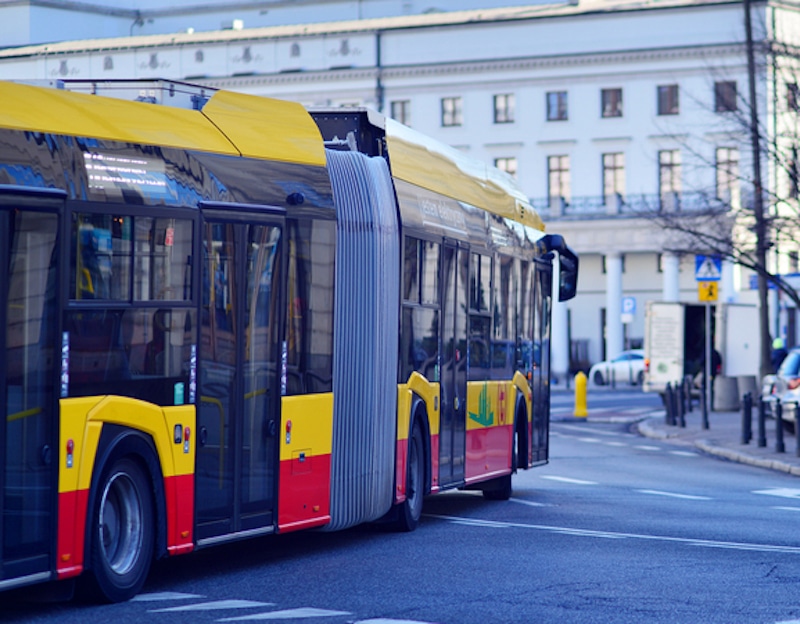
Article Highlights
In the largest service of its kind launched to date, Moscow Metro has rolled out its “Face Pay” service. The completely hands-free service uses facial recognition technology to enable customers to pay fares. Masks and dim lighting could slow down transactions, the agency acknowledged.
The metro noted that 25,000 customers had registered for the service during the first full day after it launched the service. The number of sign-ups was beyond expectations.
Touting it as the largest rollout of biometric payments in the world, Moscow Metro launched its high-profile “Face Pay” service Friday, as expected, and predicted that 10% to 15% would regularly use the service in the next two to three years.

















